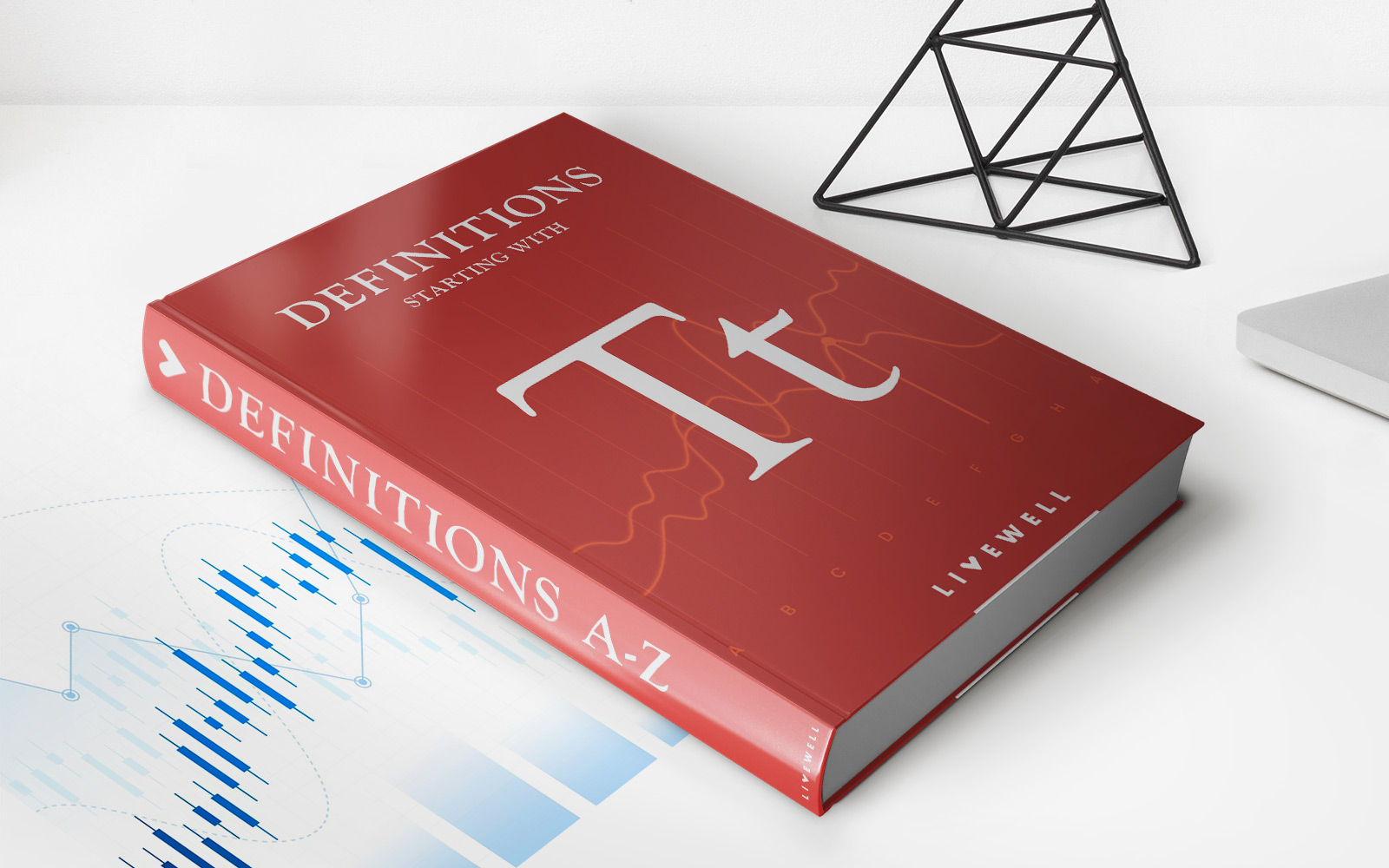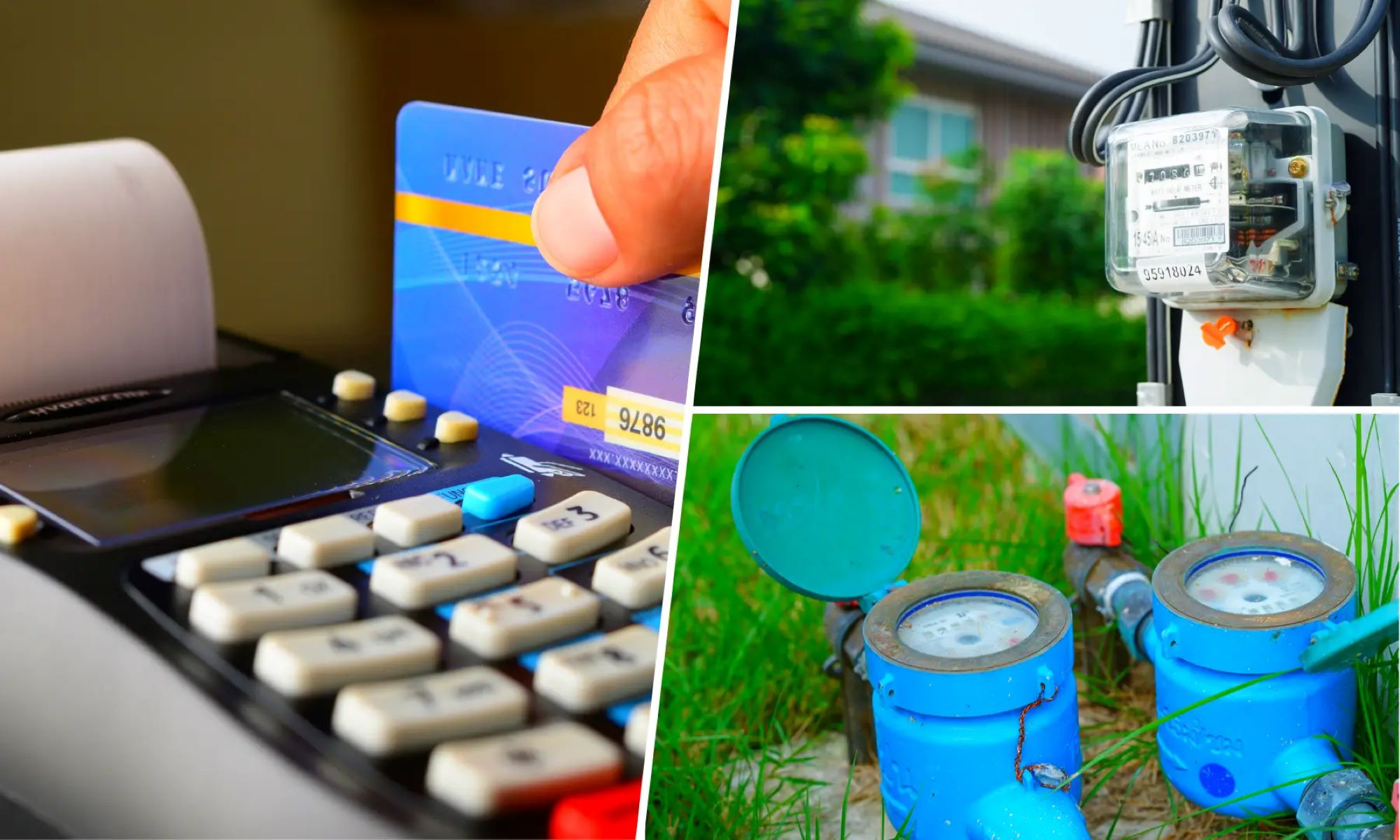Home>Finance>Post-Trade Processing: Definition, How It Works, And Examples


Finance
Post-Trade Processing: Definition, How It Works, And Examples
Published: January 9, 2024
Learn all about post-trade processing in finance, including its definition, how it works, and real-life examples. Discover the crucial role it plays in ensuring smooth and efficient financial transactions.
(Many of the links in this article redirect to a specific reviewed product. Your purchase of these products through affiliate links helps to generate commission for LiveWell, at no extra cost. Learn more)
Understanding Post-Trade Processing: A Crucial Step in Financial Transactions
When it comes to the world of finance, there are numerous intricate processes happening behind the scenes to ensure smooth transactions. One such process is post-trade processing, which plays a crucial role in the seamless completion of financial trades. In this blog post, we’ll delve into the definition of post-trade processing, how it works, and provide some real-life examples to help you grasp its significance in the finance industry.
Key Takeaways:
- Post-trade processing refers to the steps taken after a financial trade is executed to ensure accuracy, efficiency, and compliance.
- This process includes validation, confirmation, settlement, and reporting of trades, among other essential activities.
What is Post-Trade Processing?
Post-trade processing can be defined as the series of activities that take place after a financial trade is executed. It involves a wide range of tasks, including validation, confirmation, settlement, clearance, reconciliation, and reporting. The primary goal of post-trade processing is to help ensure accuracy, efficiency, and compliance in the entire trade lifecycle.
Let’s break down the key steps involved in post-trade processing:
1. Trade Validation:
Once a trade is executed, the first step is trade validation. This involves verifying the accuracy of trade details, such as transaction value, quantity, and price. Any discrepancies or errors must be identified and resolved before moving forward.
2. Trade Confirmation:
After trade validation, the next step is trade confirmation. It involves sending confirmation messages to all parties involved in the trade, including the buyer, seller, and relevant intermediaries. These messages provide details of the trade, ensuring everyone has a clear understanding of the transaction.
3. Trade Settlement:
Trade settlement refers to the process of transferring ownership of financial instruments and funds between the buyer and seller. Settlement can be either “settlement in cash,” where funds are exchanged, or “settlement in kind,” where ownership of securities is transferred. This step includes payment processing, clearing, and ensuring compliance with relevant regulations.
4. Trade Reconciliation:
Trade reconciliation is the process of comparing and matching transaction data between different parties involved in the trade. It helps identify any discrepancies or errors that may have occurred during the trade process, such as discrepancies in trade details, contract terms, or settlement instructions. Trade reconciliation aims to ensure accuracy and resolve any discrepancies promptly.
5. Trade Reporting:
Trade reporting involves the submission of relevant trade details and documentation to regulatory bodies and market authorities. This step is crucial for maintaining transparency, compliance, and market integrity. Trade reporting requirements may vary depending on the jurisdiction and financial instrument involved.
Examples of Post-Trade Processing:
- Example 1: In the equities market, after a stock trade is executed, the buyer’s and seller’s brokers engage in post-trade processing activities to ensure accurate settlement and reconciliation of the trade details.
- Example 2: In the foreign exchange market, post-trade processing involves the validation, confirmation, and settlement of currency trades to ensure timely and accurate transfer of funds between parties.
Post-trade processing plays a vital role in the finance industry as it helps ensure smooth and efficient financial transactions. By following a standardized and well-defined process, it minimizes the risk of errors, enhances transparency, and fosters trust between market participants. Understanding post-trade processing is essential for anyone involved in financial markets, be it traders, brokers, or regulators, as it forms the backbone of reliable and secure trade execution.
So the next time you make a financial trade, remember that there’s a lot going on behind the scenes to ensure a seamless experience!














